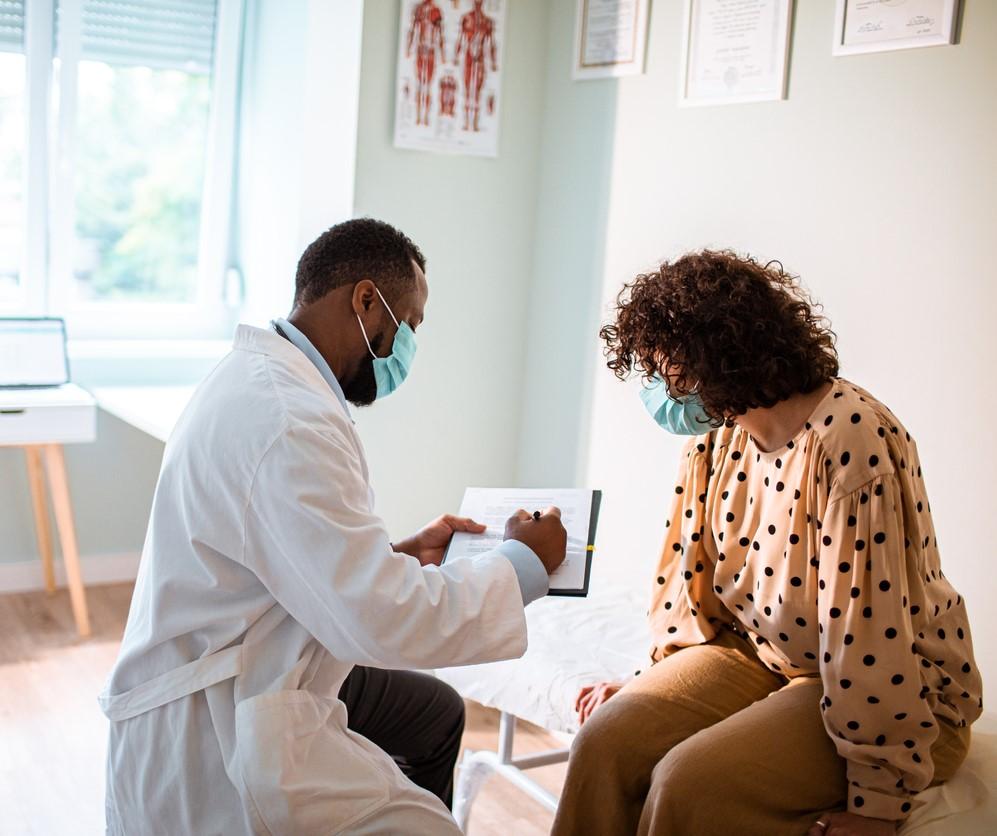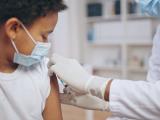In the Massachusetts General Brigham healthcare system alone, about 1,438 cancerous and precancerous lesions may have gone undiagnosed from March to June 2020 because of pandemic-related disruptions in screenings, reports a JAMA Oncology research letter today.
Fortunately, the data also indicated that in the subsequent 3 months, screening quantities were trending toward normal in the healthcare system, which is the largest in the Northeast.
"This investigation is especially timely given that we are currently dealing with a second, and potentially worse wave of the pandemic," said co-senior author Quoc-Dien Trinh, MD, in a Dana-Farber Cancer Institute press release.
"We have learned to leverage a redesigned patient flow, increased use of telehealth, and made other accommodations to allow our patients to continue receiving standard of care cancer screening and diagnosis in the safest possible environment."
Screenings fall 76%
Across mammograms, colonoscopies, Pap tests, prostate-specific antigen (PSA) tests, and low-dose computed tomography (CT), screenings dropped 76.0% when the pandemic's first surge began. From Dec 1, 2019, to Mar 2, 2020, Massachusetts General Brigham ran 64,269 screening tests, but from Mar 2 to Jun 2, it only conducted 15,453.
To further quantify the difference, the researchers noted that, from March to June 2019, 60,344 screenings occurred.
Postponement of non-urgent procedures, patient concerns over physical distancing and COVID-19 transmission, limited healthcare staff, and other pandemic-related factors contributed to the steep drop, the authors said. Most screening types saw declines of 78% to 82% when compared with the preceding months or to 2019. PSA tests saw the smallest deficit, with a roughly 63% drop in relation to both periods.
The 3 months after the COVID surge showed screenings were picking back up, with 51,944 occurring (-13.9% compared with March to June 2019, -19.2% compared with December 2019 to March 2020). The researchers urge people to schedule their appointments in order for healthcare providers to detect cancer at an earlier and more treatable stage.
Low screening numbers had high diagnosis ratio
Because of the drop in screenings, the researchers estimated that 1,438 cancers and precancerous lesions were not diagnosed during the first wave of the pandemic. They also found, however, that the screenings, though fewer, resulted in more cancer diagnoses, "which may reflect the prioritization of high-risk patients for cancer screening during the pandemic," they write.
From Mar 2 to Jun 2, 2020, 12.8% (1,985) of screenings resulted in diagnoses, compared with 5.3% (3,423) in the previous 3 months and 6.1% (3,190) in the subsequent 3 months. In the spring of 2019, 4.9% (2,961) of screenings resulted in diagnoses.
PSA tests displayed the largest change in ratio, clocking in at 22.7% positivity versus 9.9% to 13.2%, and every other screening method except low-dose CT scans also had a higher ratio of diagnoses. The CT scans maintained 0.8% positivity during the surge, which is in the normal range.




















